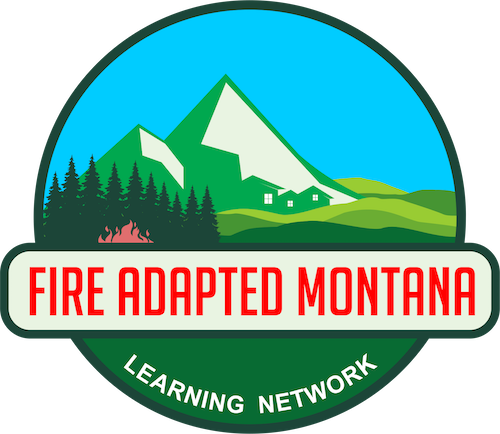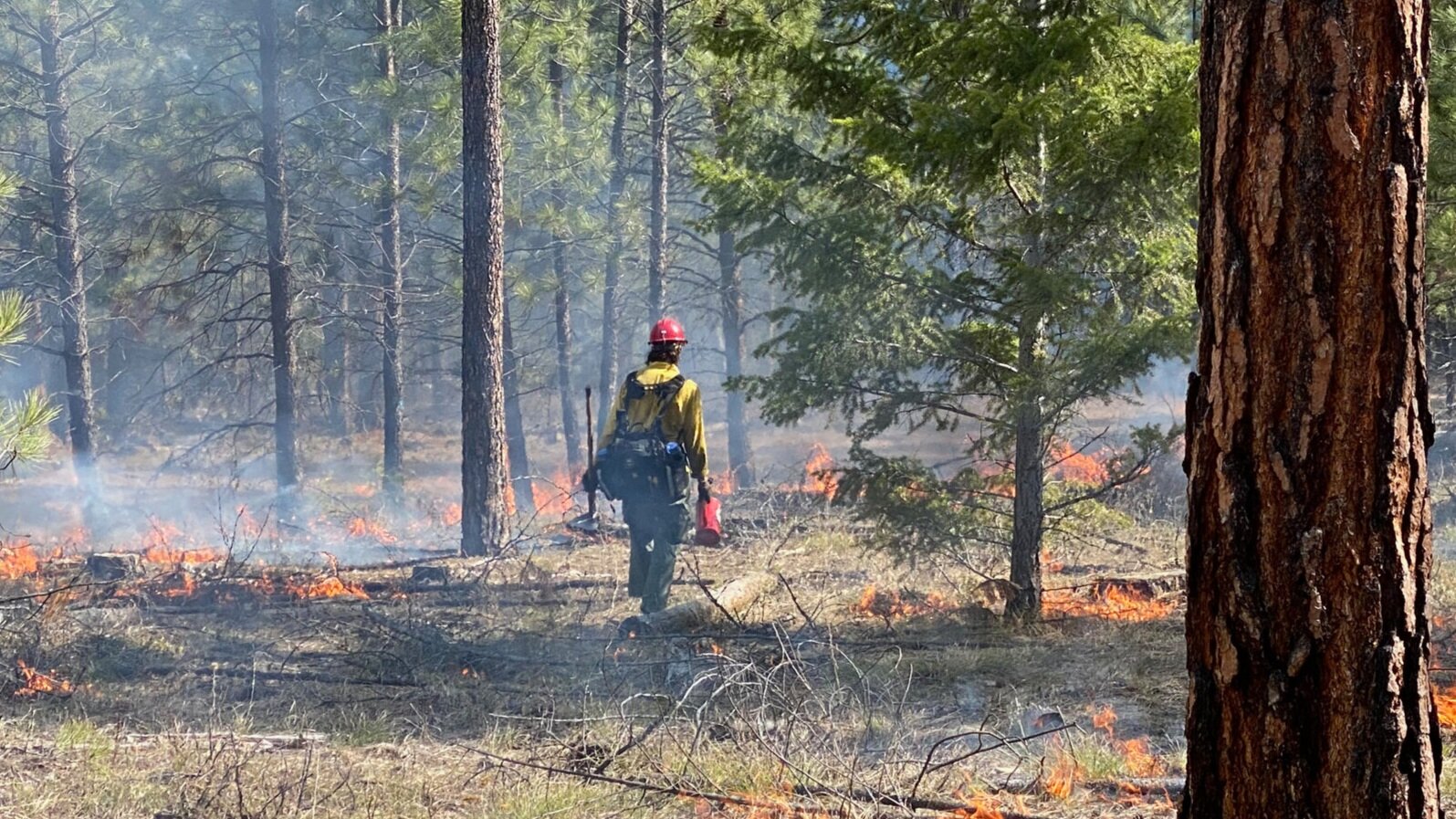Why use prescribed fire?
Complete fire suppression has been attempted for over a century in the West. In some cases, suppression is absolutely necessary to protect lives, homes, and livelihoods. Trying to completely remove fire from Montana’s landscapes, however, has adversely affected our ecosystems - from our forests to our grasslands. It has led to increased tree density, fuels accumulation, fire intensity, and the spread of forest insects & diseases.
The result: large, uncontrollable wildfires that continue to destroy homes, impact businesses and threaten lives each year.
There is a better way. Prescribed fires, or controlled burns, are fires that land managers intentionally ignite to achieve a stated management goal.
By putting fire back on the land with controlled burns, we can:
Reduce hazardous fuels - prescribed fires reduce the amount of dead & downed material on the ground, as well as smaller diameter live trees so that future fires in the area are less intense.
Cycle nutrients - fire converts the nutrients that are bound up in soil and dead plant material so that those nutrients, especially nitrogen, are available to the remaining living plants.
Improve forest for grazing - when we thin out the forest and reintroduce fire, the openings created allow more sunlight to reach the ground. Along with the boost in soil nutrients, this promotes growth of more grasses and other grazing material.
Increase forest health - without fire, less fire-tolerant species have been able to multiply and thrive in those forest stands that used to burn frequently. This has increased the number of trees, reduced the amount of water available to individual trees, and made these stands less resilient to wildfire, insects, and disease.
Improve wildlife habitat -Many wildlife species rely on low intensity burns which help to stimulate the growth of native vegetation creating flourishing browsing sites. Dead woody debris is also a crucial habitat component for many bird and small mammal species.
Smoke that comes from:
Prescribed Fire
versus
Wildfire
The impacts of prescribed fire smoke may also be considerably less than the impacts of smoke from a wildfire. Compared to a wildfire event, prescribed fire smoke remains in an area for a much shorter period of time. Prescribed fires are planned. The smoke that is produced from a prescribed fire will begin and end at predetermined times. Prescribed fires are only allowed at times when the weather conditions will reduce the effect of smoke on communities. Prescribed fire targets smaller fuels and debris, unlike active wildfires which can burn huge tracts of land and cause massive amounts of particulates to settle into our airsheds.
Prescribed fire exchange
In 2021, FAMLN hosted a virtual prescribed fire learning exchange. The exchange focused on tools that could be used to increase the use of Rx fire in Montana.
The event brought together prescribed specialists from a variety of different backgrounds. Topics in the morning session covered included prescribed fire councils, public perception of prescribed fire, workforce capacity, and liability laws. The afternoon saw presentations from fire practitioners and the work that they have implemented within Montana. Presenters included Ron Swaney and Darrell Clairmont of the Confederated Salish and Kootenai tribes, and Cindy Super of the Blackfoot Challenge.
To watch these presentations, follow the link here.




